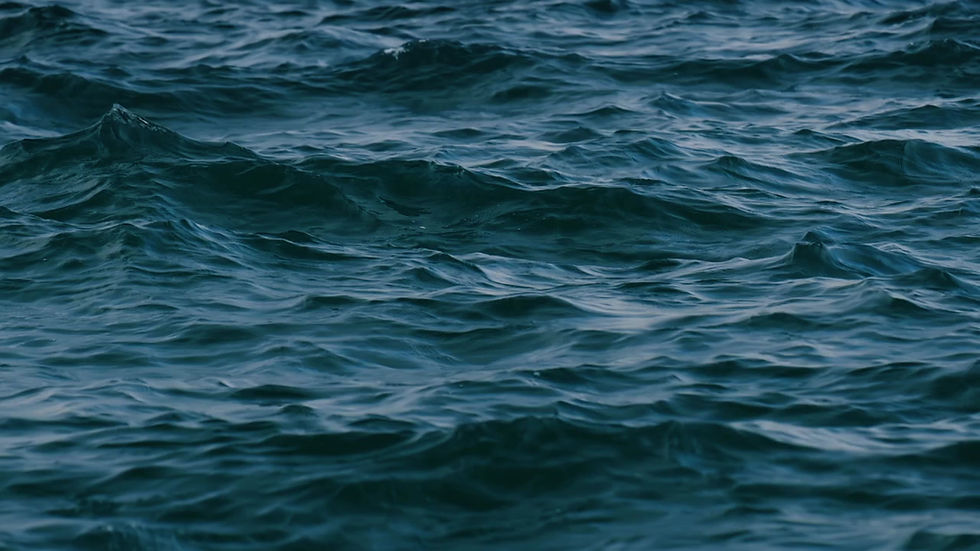
our place
coos basin coho partnership

BE A COHO CHAMPION
WATERS RICH IN MEANING
The Coos Basin Coho Partnership would like to acknowledge the Coos Watershed resides on traditional lands of both the Confederated Tribes of Coos, Lower Umpqua and Siuslaw Indians (CTCLUSI) and the Coquille Indian Tribe, whose peoples, traditions and ways of life are centered on these waters and have been for thousands of years.
.jpg)

“Our water inspires our stories and songs” - CTCLUSI

The CTCLUSI and Coquille Tribes participation and stewardship of the Coho partnership is of utmost importance to ensure healthy Coho populations in our watershed and to support the traditional values and practices of our indigenous people.

WHERE IS THE COOS WATERSHED?
COOS BASIN COHO PARTNERSHIP
COOS BASIN COHO PARTNERSHIP

The Coos Watershed covers 610 square miles, primarily in Coos County, with small parts in Douglas County. Nestled between the Tenmile Lakes to the north and Coquille to the south, it includes the Millicoma and South Coos Rivers, Golden and Silver Falls, Elliott State Forest, and Coos Bay. This vibrant ecosystem is home to diverse plants, animals, and people. Notable features include major sloughs, tidewaters, the North Spit dunes, and the rocky headlands of Cape Arago/Sunset Bay. The largest urban area is Coos Bay/North Bend, with around 25,000 residents. Unlike watersheds with consistent snowpack, the Coos Watershed relies on rainfall and experiences warm, dry summers inland.
The Coos Basin Coho Partnership project focuses on 13 areas of the watershed that ecological data has determined to be of the highest importance.
Learn more about the restoration work and projects we are doing:
WHY IS OUR WATERSHED IMPORTANT?
A watershed is the entire area of land where rain and snowmelt flow downhill to a single point, like a river, bay or ocean. Picture raindrops rolling down a hill, collecting into streams, then rivers, and finally into the vastness of the ocean. Our watersheds really matter because what we do on the land affects the water quality downstream. Washing our cars, using fertilizers, or even just driving can impact our waterways. Pollutants like oils, chemicals, and debris wash into storm drains, which empty directly into our creeks, rivers, bays, and the ocean. This means even activities miles away from water can have a direct impact on its health.
Simply put, a watershed is a land area that channels rainfall and snowmelt into bodies of water like lakes, rivers, and oceans. It's like a natural funnel guiding water from higher elevations down to lower ones. It’s nature's way of managing water flow across the landscape. From the vast Mississippi River watershed spanning multiple states to the small-scale Mingus Park watershed funneling water to its local pond, every inch of the Earth is part of a watershed.
The most important thing people can do is to learn about their watershed. And it’s something no one knows.
- Alexandra Cousteau


BE A COHO CHAMPION
Who depends on our watershed?
We all do. The Coos watershed is not just a geographical area; it's integral to the local ecosystem, culture, and history, affecting everything from wildlife to community life.
The Coos watershed is essential for the Oregon Coast (OC) Coho Evolutionarily Significant Unit (ESU). The local Coho population plays a critical role in the overall health and management of this ESU, underscoring the watershed's importance.
The Coos Watershed supports a rich and diverse ecosystem that extends beyond coho and other salmon species. Its extensive habitats include:
Aquatic-Freshwater Species
Numerous fish and other organisms thrive in the watershed's streams and rivers.

Terrestrial Species
Many terrestrial species depend on riparian areas for parts of their life cycle, using these areas for forage and shelter. The watershed's biodiversity is enhanced by these habitats, creating crucial corridors for wildlife.

Marine and Estuary Species
The tidal influence reaches miles inland, supporting crabs, clams, mussels, oysters, rockfish, herring, and flatfish like flounder. Mudflats, tide flats, and eelgrass beds provide habitats for these species.

Connectivity and Corridors
The Coos watershed features vital waterway and forested/vegetated corridors. Stewardship of these areas also protects drinking water resources, benefiting the local community.

a need for change
Human impact and conservation efforts in the Coos watershed have been profound, marked by historical shifts in land management practices such as industrial forestry, urban expansion leading to impermeable surfaces, and alterations like tide gates and stream straightening.
These changes have introduced water quality challenges, altered salinity levels, and physically modified the bay through dredging for navigation and splash damming activities. Conservation and sustainability practices are crucial to mitigate these impacts, emphasizing scientific research, data-driven watershed stewardship, and restoration of lost ecosystem functions.

OUR WATERSHED, OUR PLACE, OUR HOME

COMING TOGETHER FOR COHO
Various partnerships and organizations, including the Oregon Department of Fish & Wildlife, play pivotal roles in protecting and preserving the watershed, aiming to enhance habitat integrity and support recreational activities such as fishing, clamming, crabbing, and wildlife watching.
There are many educational opportunities abound, with resources like the Millicoma Interpretive Center, Rumreich-Morgan Creek STEP facility, and the South Slough National Estuarine Research Reserve offering valuable insights into the watershed's ecology and conservation efforts.





